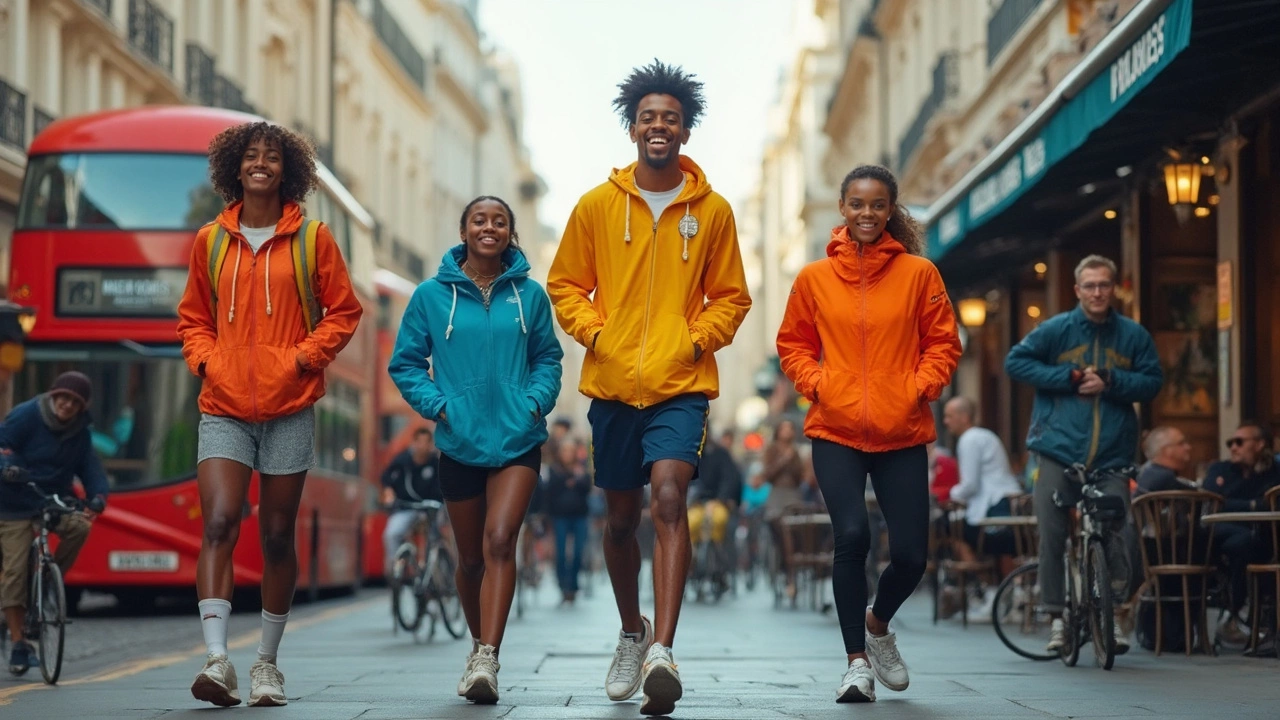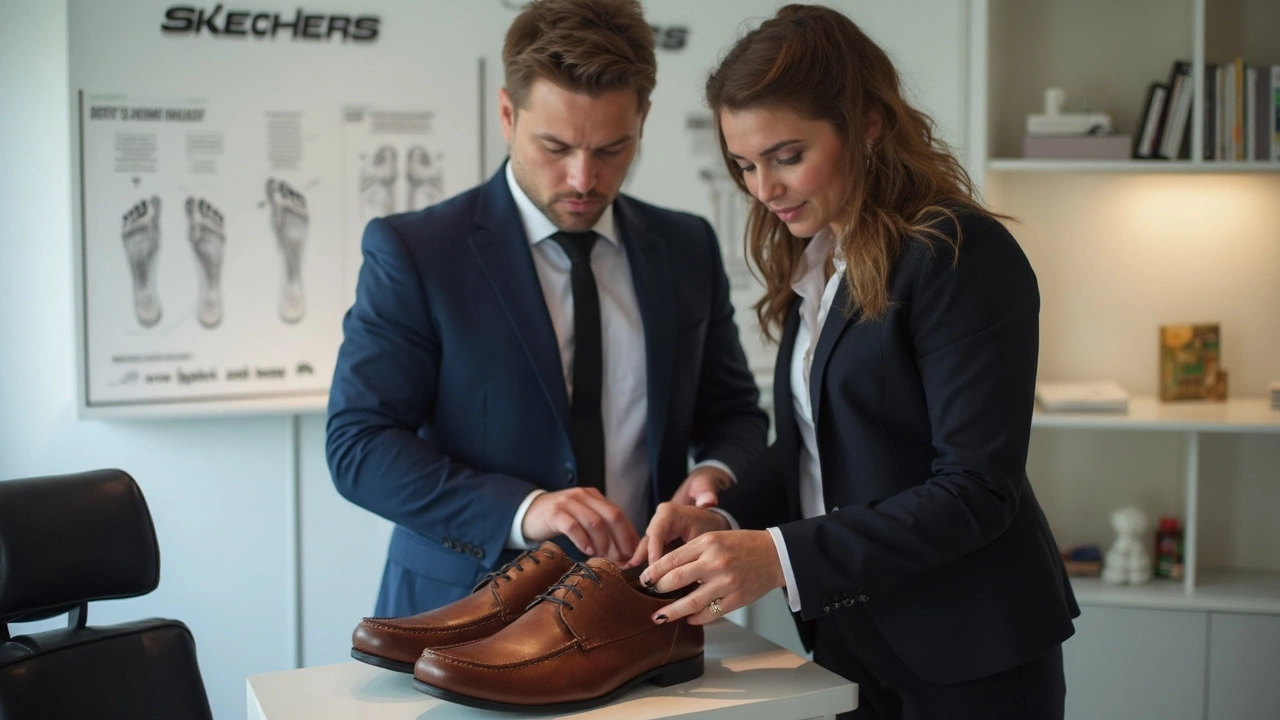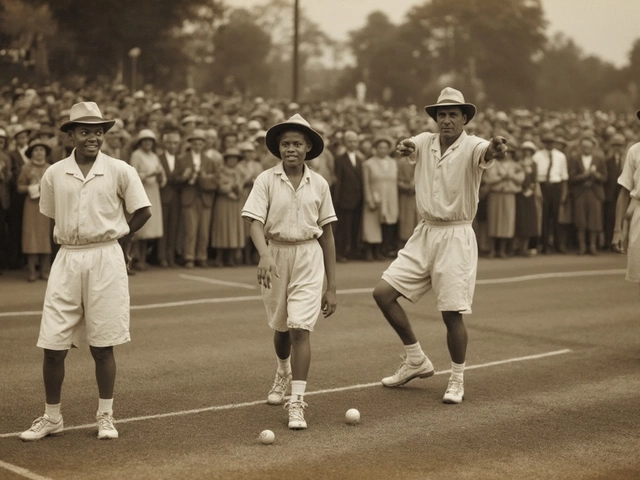Comfort in Fashion: Simple Tips for Everyday Wear
We all want to look good without feeling like we’re in a torture chamber. Whether you’re chasing the perfect pair of shoes or a cozy hoodie, comfort matters more than any trend. Below you’ll find quick ways to make your closet feel like a hug, plus shortcuts you can start using today.
Pick Shoes That Let Your Feet Breathe
The first rule of comfortable footwear is simple: your toes need space. If you can’t wiggle them a little, the shoe is too tight. Look for a small gap between your longest toe and the front of the shoe – about a thumbnail’s width. This tiny gap stops blisters and black toenails from forming.
Next, check the heel. When you walk, your heel should stay snug but not slip. If your heel lifts, you’ll waste energy trying to keep the shoe on, and that can lead to pain in the lower back. A heel that stays put means a smoother stride.
What about the sole? A cushioned midsole absorbs shock, especially on hard surfaces. If you shop online, read the product description for terms like "gel" or "memory foam" – they’re usually a good sign. If you’re in a store, press the toe box with your finger; a soft yet supportive feel is what you want.
Choose Clothing That Moves With You
Fabric matters just as much as fit. Natural fibers like cotton, linen, and bamboo let heat escape, keeping you cool on hot days. For colder weather, look for blends that include a bit of stretch – think cotton‑spandex shirts or wool‑nylon jackets. Stretch helps the garment follow your movements instead of restricting them.
When you try on a shirt, raise your arms. If the seams pull or the fabric pulls tight, you’ll feel uncomfortable later. The same goes for pants: sit down, squat, and walk a few steps. If the material rides up or feels like a band around your waist, swap it for a pair with a little more give.
Layering is another secret weapon. A light tee under a relaxed sweater gives you mobility without sacrificing style. It also lets you add or strip layers as the temperature shifts, so you never get stuck in a sweaty mess.
Last tip: don’t forget socks. Thick wool socks keep feet warm, but they can add bulk inside tight shoes. Thin, moisture‑wicking socks are perfect for sneakers, while a cushioned sock works well with boots.
Comfort isn’t a luxury; it’s a baseline for feeling good in what you wear. By giving your toes room, picking supportive soles, and selecting stretchy fabrics, you’ll notice a big difference in how you move through the day. The next time you shop, use these quick checks and say goodbye to painful outfits. Your body will thank you, and you’ll still look sharp.

Sportswear Popularity: Why Everyone Wants In
People are wearing sportswear everywhere—from gyms to offices—so what's driving this trend? This article looks at the reasons behind the rise of athletic clothing, including comfort, social influence, and smart design. You'll find surprising stats, practical tips on picking sportswear, and a real look at how it fits into daily life. Expect honest insights into how brands and pop culture fuel the craze. If you're curious why sportswear just won't quit, this one's for you.

What Do Podiatrists Think of Skechers? Leather Shoe Edition
Ever wondered if Skechers leather shoes stand up to the expert eye of a podiatrist? This article cuts through the hype and digs into what foot doctors really think about the brand’s popular leather lineup. You’ll get the real deal on comfort, support, and long-term foot health straight from expert recommendations and surprising facts. We’ll also tackle common myths, so you buy smart. Find out what matters before you pick your next pair.

Most Comfortable Jeans Fit: Finding Your Perfect Match
Diving into the world of jeans, this article explores which fit offers the ultimate comfort. Understand the differences between popular styles like straight, skinny, and relaxed, and learn how fabric, stretch, and body type play a role. Tips for selecting the right jeans provide practical guidance for anyone seeking both style and comfort. With comfort as the focal point, discover your ideal denim match.




